
Where We Be
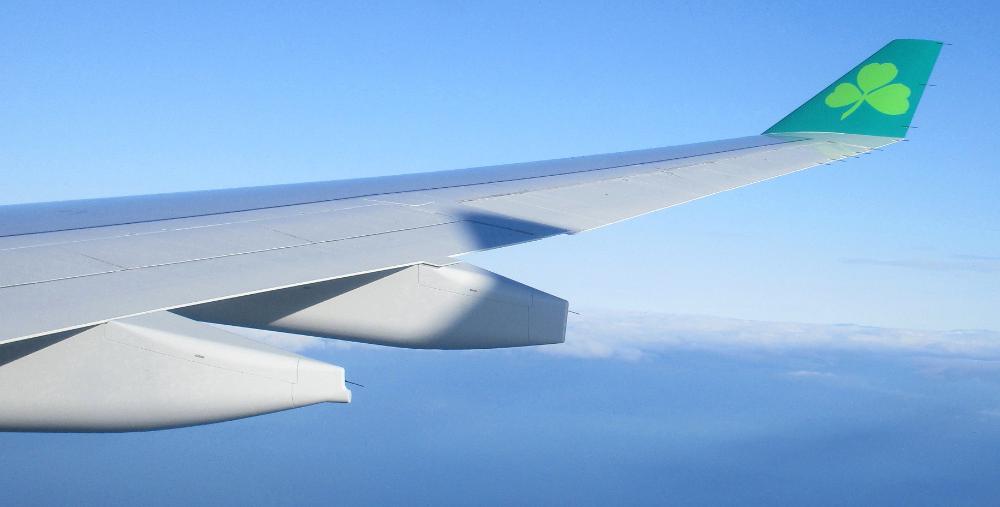
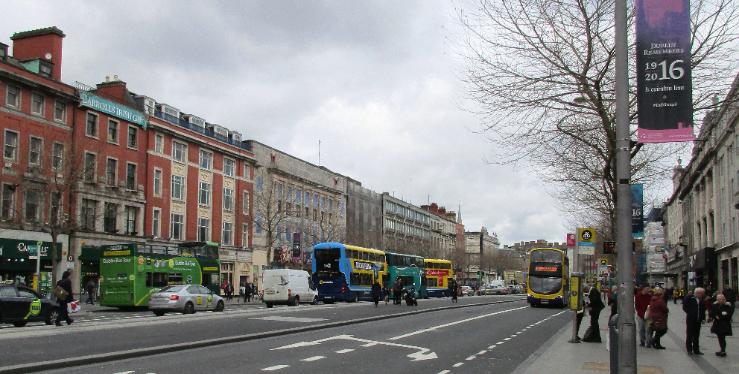
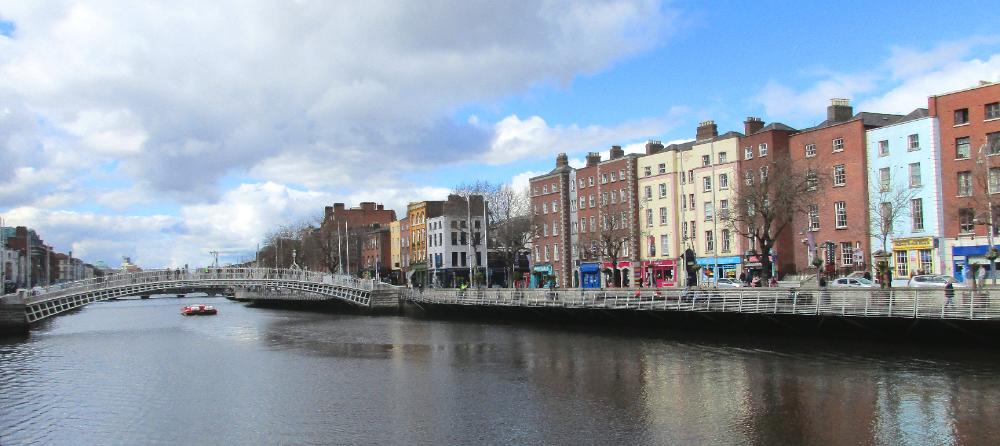
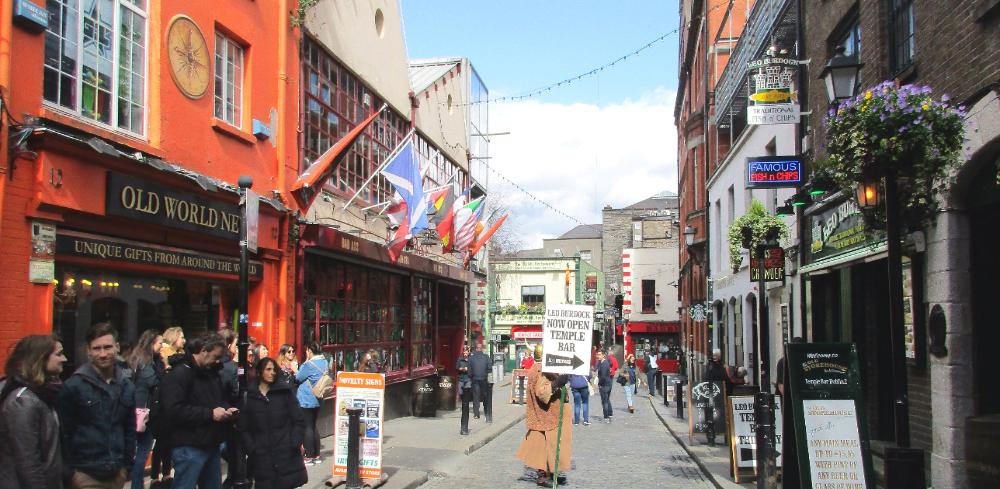
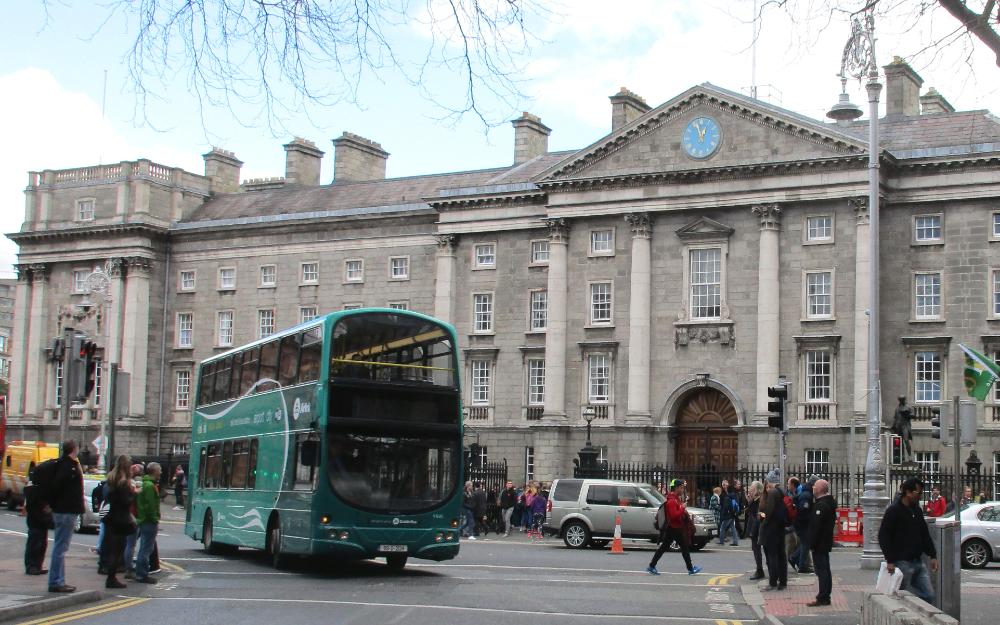
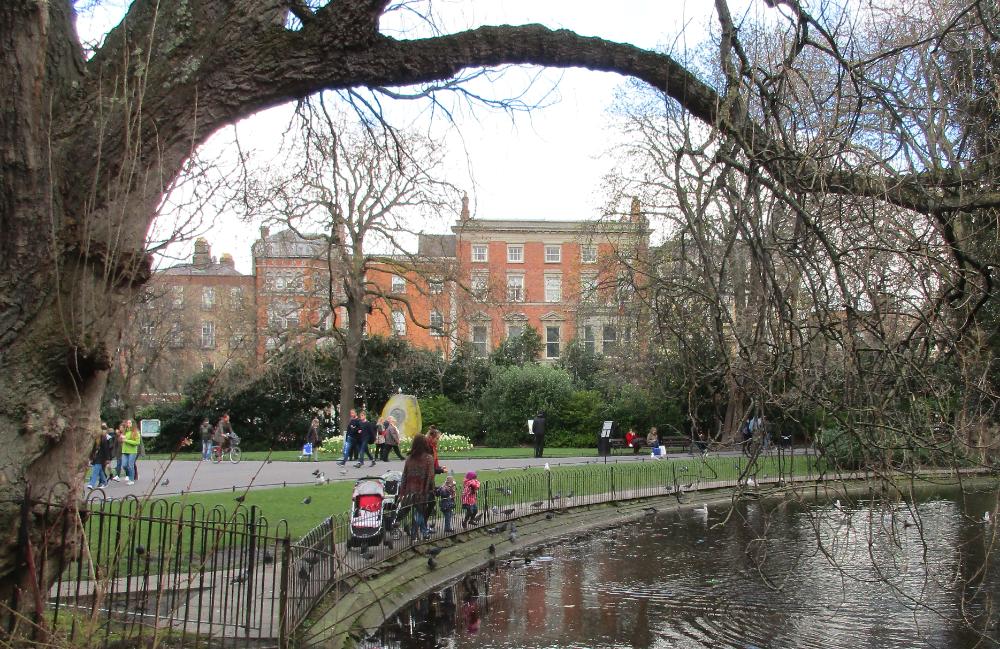
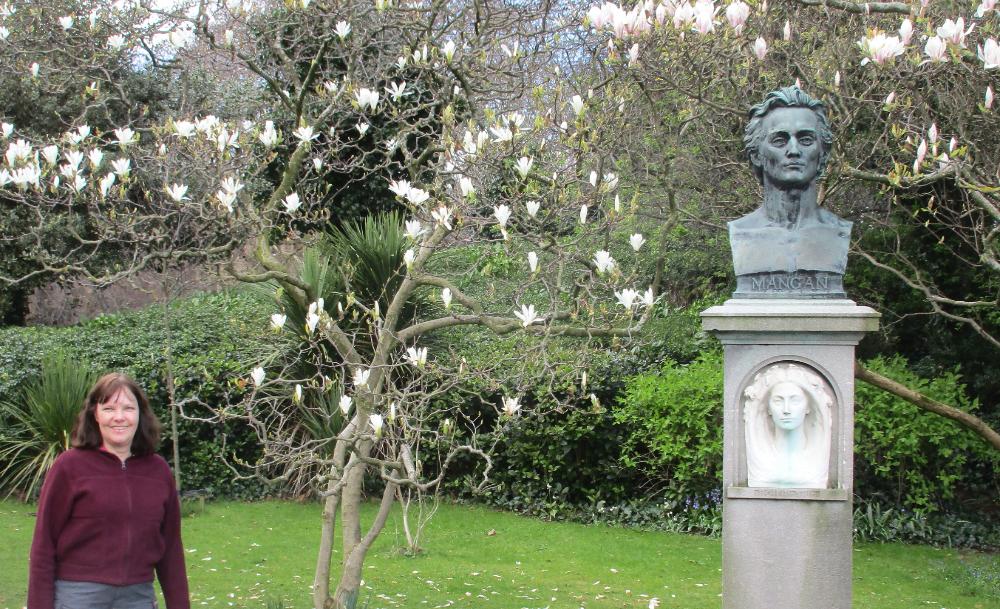
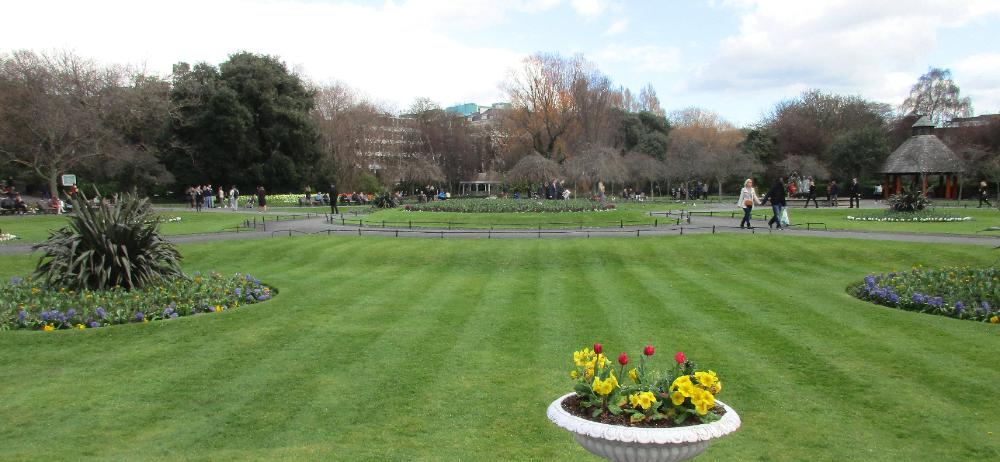
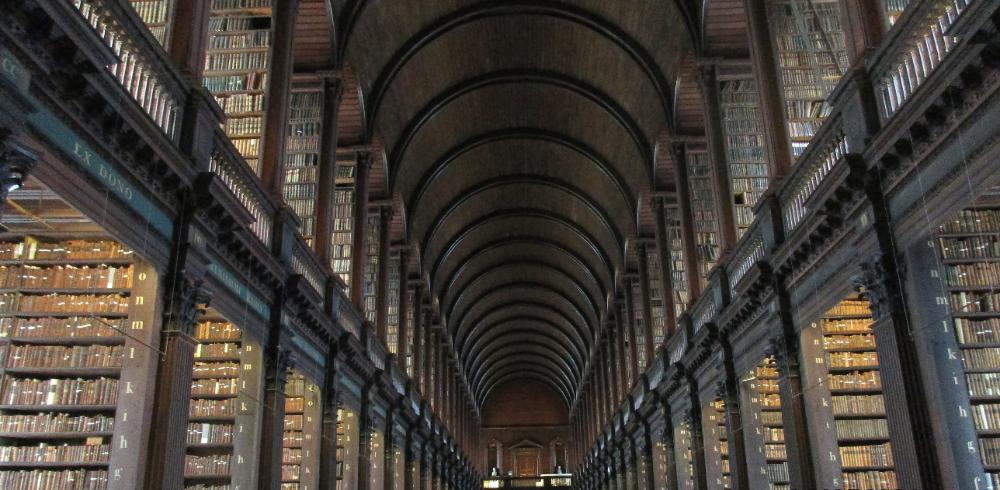
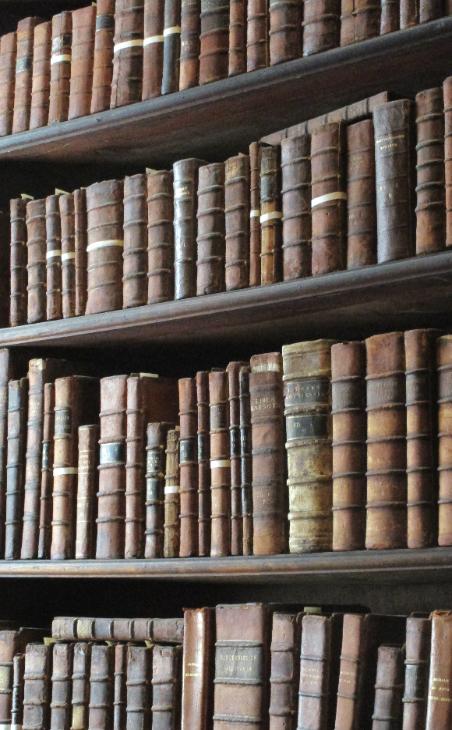
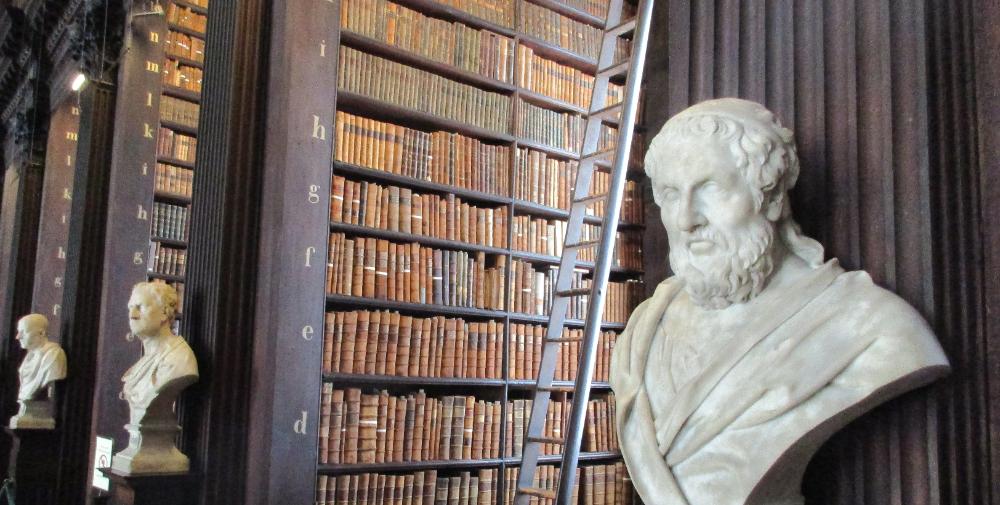
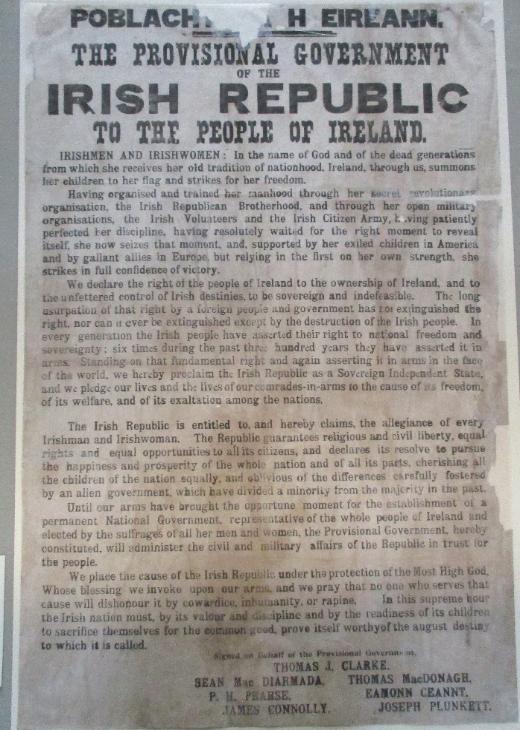
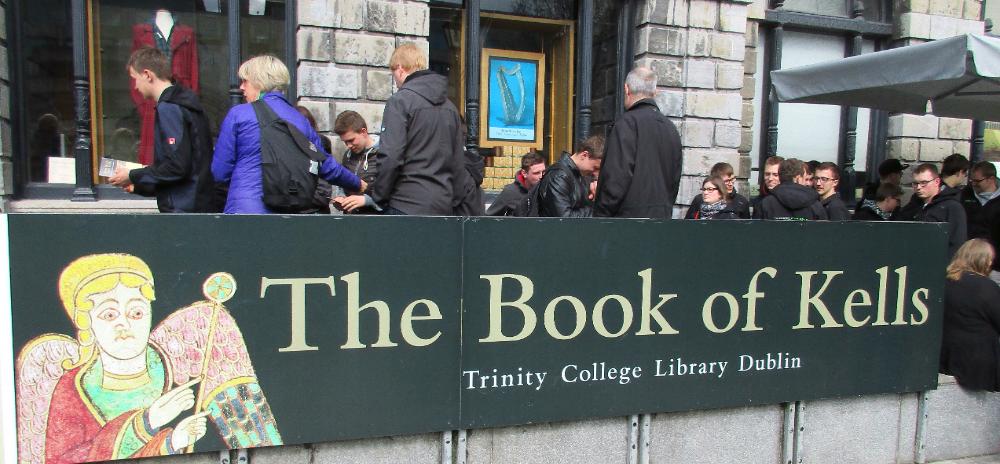
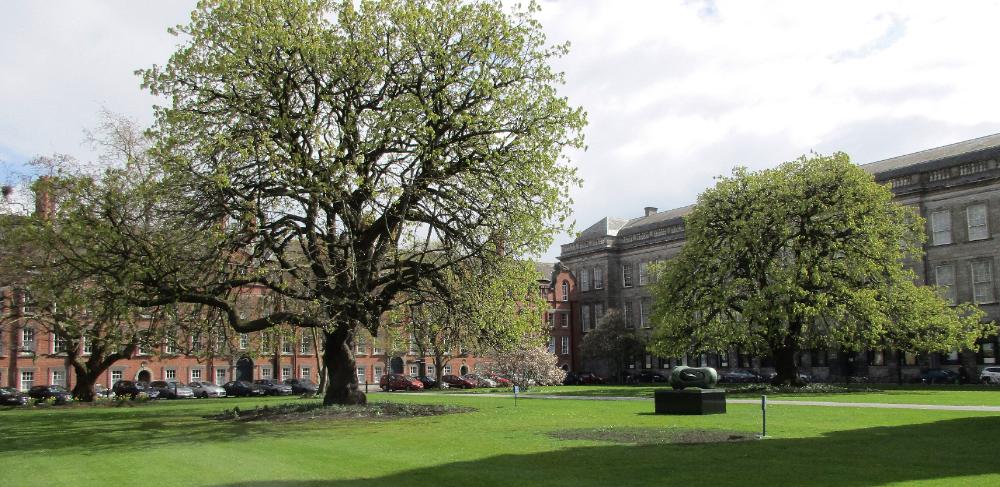
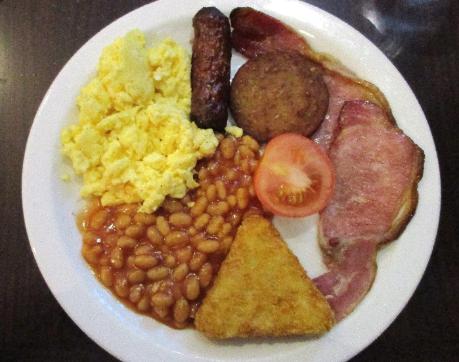
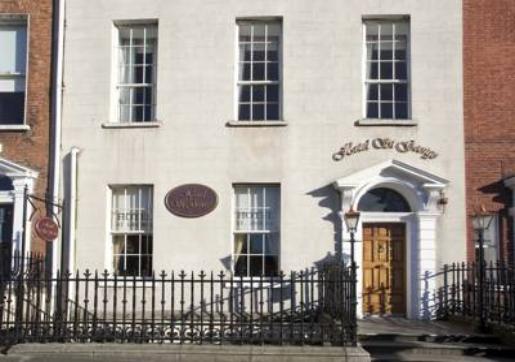
| Dublin, Ireland |
Dublin is well suited to walking: many of its key
sights are within ten or fifteen minutes of each
other. We started on O'Connell Street, known
for its General Post Office where the 1916 Irish
Rebellion started. Walking south we crossed
the River Liffey, which dissects the city. On the
far side is Temple Bar, a trendy neighborhood
with a maze of streets and dozens of cafes and
pubs. Next up: pedestrian-only Grafton Street,
the premier shopping area in Dublin, boasting
some seriously talented street musicians.
Eventually we reached St. Stephen’s Green --
the inspiration for Central Park in New York!
Our last stop was Trinity College, Ireland's first
university (founded in 1592). Its library houses
the world-famous Book of Kells, a 9th century
illuminated religious text -- possibly the most
famous illuminated text in the world, and widely
regarded as Ireland’s finest national treasure.
We paid €11 each to see two opened pages of
"The Book" and tour the Old Library with its
Long Room, which is gorgeous in its own right.
sights are within ten or fifteen minutes of each
other. We started on O'Connell Street, known
for its General Post Office where the 1916 Irish
Rebellion started. Walking south we crossed
the River Liffey, which dissects the city. On the
far side is Temple Bar, a trendy neighborhood
with a maze of streets and dozens of cafes and
pubs. Next up: pedestrian-only Grafton Street,
the premier shopping area in Dublin, boasting
some seriously talented street musicians.
Eventually we reached St. Stephen’s Green --
the inspiration for Central Park in New York!
Our last stop was Trinity College, Ireland's first
university (founded in 1592). Its library houses
the world-famous Book of Kells, a 9th century
illuminated religious text -- possibly the most
famous illuminated text in the world, and widely
regarded as Ireland’s finest national treasure.
We paid €11 each to see two opened pages of
"The Book" and tour the Old Library with its
Long Room, which is gorgeous in its own right.
| The Long Room of the Old Library in Trinity College feels exactly like a library should with its endless rows of ancient bound books |
| We only had a partial day in Dublin after our Aer Lingus flight arrived. We saw as much as we could but missed some key sights like Kilmainham Gaol and Guinness Storehouse. Still, we saw a lot in our walking tour of the city center. |
| We started on O'Connell Street, Dublin's main thoroughfare. It's best known for its General Post Office where the 1916 Irish Rebellion (or Easter Uprising) started. It's also the site of the Spire of Dublin, said to be the world's tallest sculpture (and a good navigational landmark). |
| Heading south on O'Connell Street, you soon reach the east-west running River Liffey, which bisects the city |
| On the south side of the River Liffey is the Temple Bar area, whose lively streets are filled with pubs and cafes |
| Eventually we reached Trinity College -- but decided to hold off on seeing the Book of Kells until later in the day |
| Continuing south we eventually reached St. Stephen's Green, a nice spot to relax after touring the city center. This was the far point of our walk. |
| The park is filled with sculptures of important Irish writers, poets, and statesmen |
| The rectangular St. Stephens Green is said to have been the inspiration for Central Park in New York City |
| On the plus side, the Old Library itself upstairs was breathtaking -- we had no idea it would be so lovely |
| This turned out to be the surprise favorite of the places we visited in Dublin |
| Who knows what secrets might reside inside some of these old bound volumes? |
| Backtracking to Trinity College, we paid €11 each for entry to the Old Library. The chance to see the original of the world's most famous medieval manuscript was simply too good to pass up. We were pretty disappointed, though, when both volumes were opened to text pages, with little of the lavish decoration on display for which the book is so famous. |
| Don't forget to take a look around Trinity College itself with its lovely green quadrangles to explore |
| We were originally supposed to stay at Lynam's Hotel, but maintenance issues caused them to put us up at Hotel St. George instead -- actually a nice upgrade -- and throw in a traditional Irish breakfast to boot |
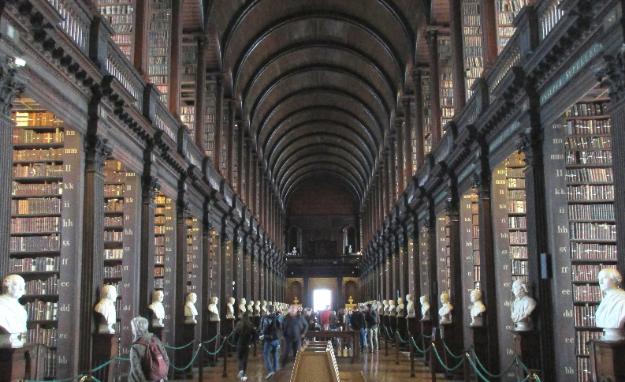
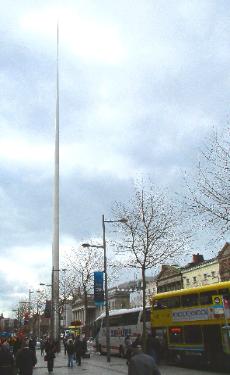
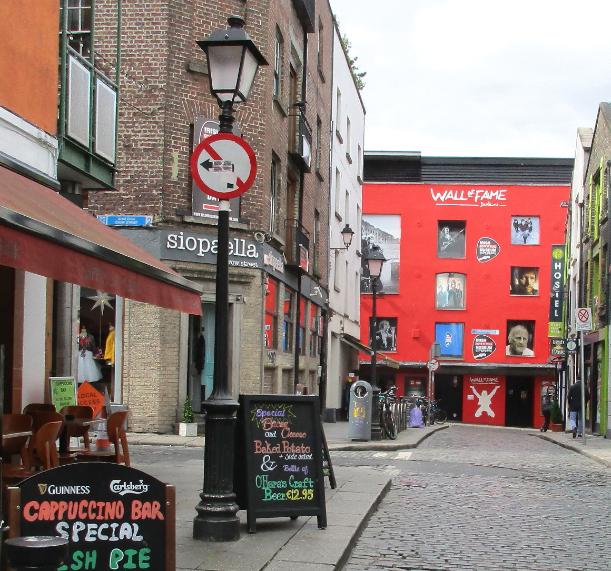
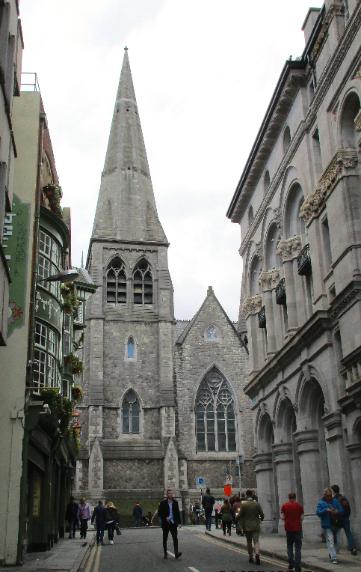
| Temple Bar is a good place to have a pint of Guinness and some traditional Irish food |
| Near Grafton Street we passed a statue of Molly Malone (fictional fishmonger of song) and St. Andrews Church |
| We saw many facsimile posters of the 1916 Proclamation of the Irish Republic -- akin to our Declaration of Independence. It's the 100-year anniversary in 2016. |